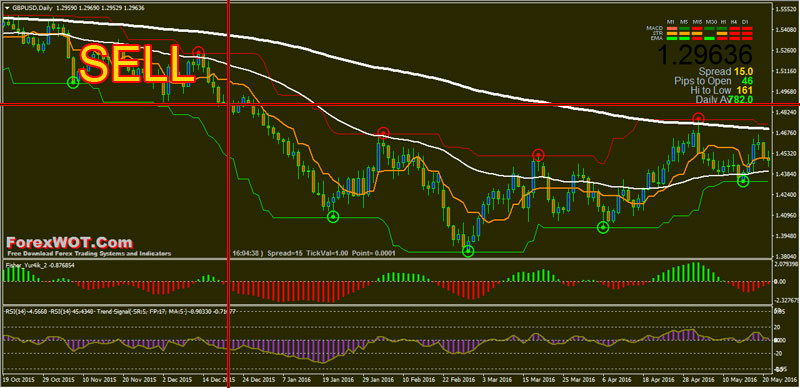

Only on five of those occasions did the corrections turn into bear markets, i.e. stocks declined over -10% on 36 occasions (source: Investopedia). That's one more reason to be weary about using moving averages as a stop-loss mechanism.įrom 1980 - 2018, U.S. The optimal entry point turned out to be December 24th, when the S&P 500 was at its maximum gap below the 200-day moving average.Įxperiences like last December, where sharp selloffs suddenly reverse course and whipsaw investors, are more common than bear markets. Remember the waterfall market environment last December? That was a chance to buy low.

What has changed, though, is we're now competing with unemotional robots that can be programmed to be greedy when others are fearful, and vice versa. It's key to remember the paramount goal of investing is to buy low, sell high. Folks who can afford to develop cutting edge algos don't program them to trade on simple indicators everyone knows about, such as moving averages. To front run the robots, one must understand how they think. It's the companies themselves. Firms buying their own shares have provided a steady bid during market selloffs, helping to curtail declines and extend the bull market.Ī lot of trading in the modern landscape is executed by computer algorithms. The biggest pool of equity buyers since 2009 isn't retail or institutional investors. Today, it's under a year.Ĭompressed holding periods might make the present trading environment choppier and more mean reverting, which would render moving averages a less effective forecasting tool.Īnother factor that's changed is the degree to which companies buyback shares. Back then, the average holding period when someone bought a stock was eight years. That's what moving average theories are based on, for example.īut the 200-day moving average may have been a much better indicator in the 1960s, when turnover was less rapid. Many conventional technical indicators extrapolate current trends forward. Market dynamics change over time, which means strategies must also adapt. Yet shrewd investors also remember to play the game in front of them. Studying the past helps form a smart strategy. According to the MarketWatch piece, a 2014 study by Meb Faber indicates that from 1901 to 2012, " getting out of stocks when the S&P 500 fell through its 200-day moving average would have more than doubled your ultimate returns-and cut your risks by at least a third." Moving averages probably had predictive value in the past.


 0 kommentar(er)
0 kommentar(er)
